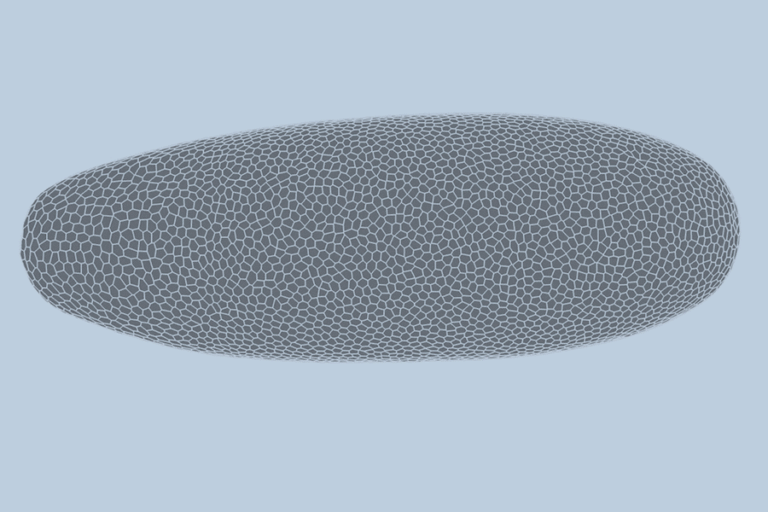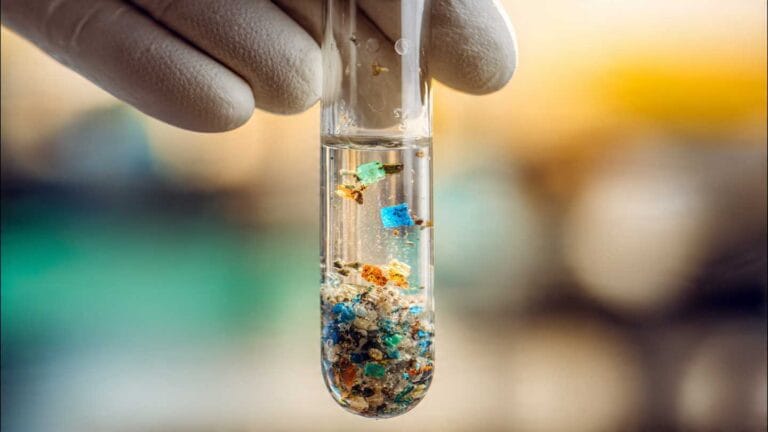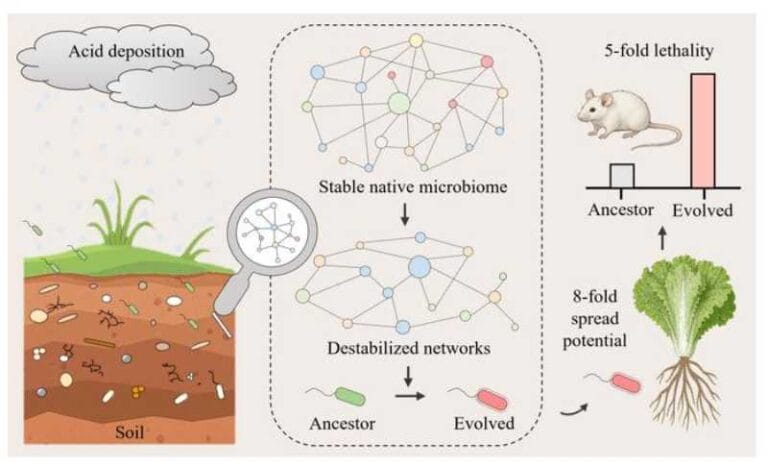Detecting Cellular Aging Without Chemical Markers

A team of researchers has developed an innovative technique that detects aging cells without the need for dyes or chemical markers — a breakthrough that could transform both aging research and the development of therapies for age-related diseases.
The study, published in the IEEE Sensors Journal, introduces a method called Frequency-Modulated Dielectrophoresis (FM-DEP) to identify signs of cellular aging based solely on the cells’ electrical properties. This noninvasive system can distinguish between young, healthy cells and senescent cells — those that no longer divide and are linked to aging processes and diseases such as Alzheimer’s, diabetes, and atherosclerosis.
Over time, cells accumulate damage and eventually enter a state known as cellular senescence. At this point, cells stop dividing, change their function, and begin releasing inflammatory substances that harm nearby tissue. While senescent cells are important for certain biological processes — such as preventing the spread of cancer — they tend to accumulate in the body over time, contributing to the development of several age-related diseases.
Until now, detecting these cells typically required time-consuming biochemical tests, staining procedures, or the analysis of specific biomarkers like the enzyme SA-β-galactosidase. These methods are labor-intensive and not always accurate.
The newly proposed technique analyzes how cells respond to electric fields at varying frequencies. In practice, cells are placed on a chip equipped with microelectrodes. As an alternating electrical signal sweeps through different frequencies, the system identifies the exact point where the force that attracts or repels the cell becomes neutral. This point is called the Crossover Frequency (COF).
Researchers discovered that young and senescent cells exhibit distinctly different COFs. This happens because aging alters the electrical properties of the cell membrane — including changes in stiffness, lipid composition, and permeability.
The study demonstrates that senescent cells develop stiffer membranes and accumulate higher levels of oxidized lipids, both of which significantly change how these cells interact with electric fields.

Experiments were conducted on TIG-1 human fibroblasts, skin-derived cells commonly used in aging research. Young cells showed COFs ranging from 50 to 150 kHz, while senescent cells exhibited COFs exceeding 500 kHz — a statistically significant difference.
Notably, the method also detected heterogeneity within aging cell populations, identifying subgroups of cells with varying degrees of senescence within the same sample.

One of the key advantages of this technique is that it eliminates the need for reagents, dyes, or antibodies. This translates into faster, less invasive, and more cost-effective analysis.
Because it is based on electrical measurements, the method can be easily miniaturized into portable devices, making it highly adaptable for use in labs, clinics, or even industrial settings — such as cosmetic production or pharmaceutical development focused on anti-aging treatments.
The researchers highlight the method’s potential for developing real-time diagnostic devices capable of monitoring cellular aging and evaluating the effectiveness of therapeutic interventions.
For now, the technique has only been tested on human fibroblasts. The team notes that further research is needed to validate the method across other cell types — such as epithelial cells, immune cells, and even cancer cells — to confirm its broader applicability.
Another important challenge is understanding how various forms of cellular stress — including inflammation or exposure to toxic agents — might influence the cells’ electrical properties.
If proven effective in other biological models, this technology could be applied to:
- High-throughput screening of anti-aging drugs
- Real-time monitoring of regenerative therapies
- Early diagnosis of diseases associated with cellular senescence
- Development of advanced, high-performance cosmetic products
Additionally, it opens new possibilities for understanding how physical and bioelectrical changes in cells reflect their overall health and biological status.






